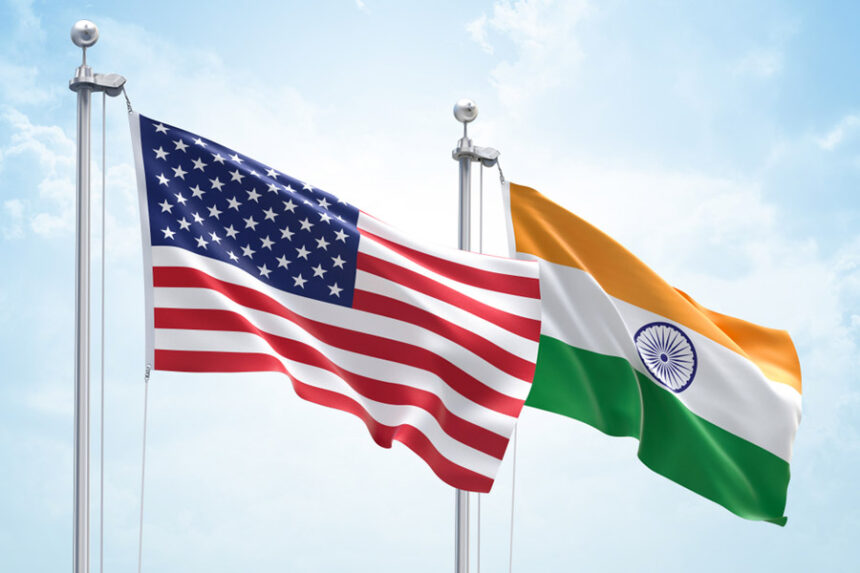U.S. and India trade negotiators were engaged in a last-minute push on Wednesday to secure a tariff-reducing deal before President Donald Trump’s July 9 deadline, with disagreements over U.S. dairy and agriculture remaining unresolved, according to sources familiar with the talks.
This intensified effort comes as Trump recently announced a separate agreement with Vietnam, which cuts U.S. tariffs on many Vietnamese goods to 20% from a previously threatened 46%. Trump stated that U.S. products could enter Vietnam duty-free, though specific details were scarce.
Trump had initially threatened a 26% duty on Indian goods as part of his April 2 “Liberation Day” reciprocal tariffs, which were temporarily lowered to 10% to allow time for negotiations.
Sources within India’s commerce ministry indicated that an Indian trade delegation remained in Washington a week after their arrival for talks that began last Thursday and Friday. They may extend their stay to finalize a deal, but with a firm stance against compromising on key agricultural and dairy issues. It is considered unacceptable to lower tariffs on genetically modified corn, soybeans, rice, and wheat grown in the U.S.
Prime Minister Narendra Modi’s government “doesn’t want to be seen as surrendering the interests of farmers – a strong political group in the country,” one source stated. However, India is open to lowering tariffs on walnuts, cranberries, and other fruits, along with medical devices, autos, and energy products.
A U.S. source familiar with the discussions noted “indications that they are close” and that negotiators have been instructed to prepare for a potential announcement. The source emphasized “intense and constructive effort to close a deal,” recognizing the “strategic importance, beyond the economic importance, of closing a deal.”
Trump echoed these sentiments on Tuesday, telling reporters on Air Force One that a deal with India could cut tariffs for both countries and help American companies compete in India’s market of 1.4 billion consumers.
At the same time, Trump expressed skepticism about a potential deal with Japan, suggesting he might impose a tariff of 30% or 35% on Japanese goods, significantly higher than the 24% duty announced on April 2. Japan is seeking to lower existing 25% automotive and steel tariffs imposed by Trump.
Spokespersons for the U.S. Trade Representative’s office, the Commerce Department, and the U.S. Treasury did not respond to requests for comment. A spokesperson for India’s embassy in Washington also did not immediately respond.







